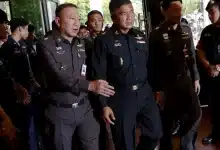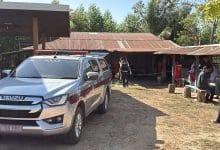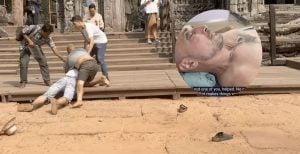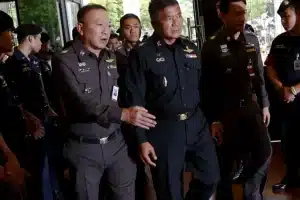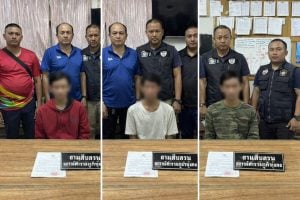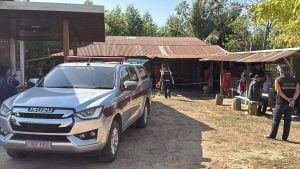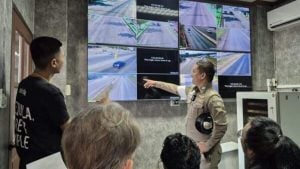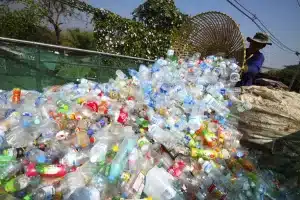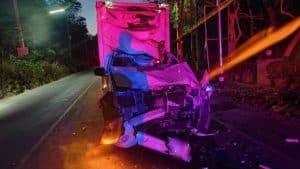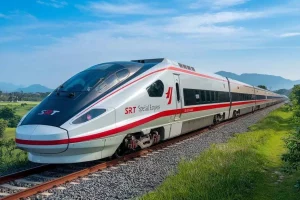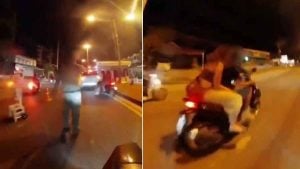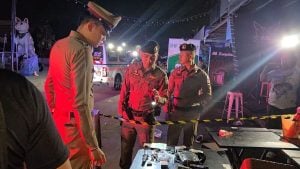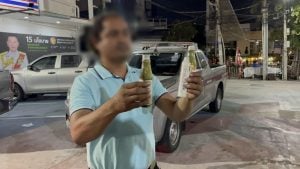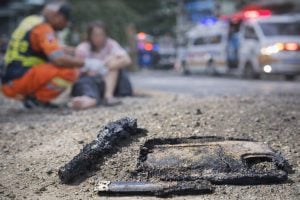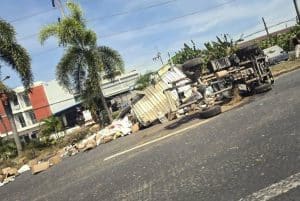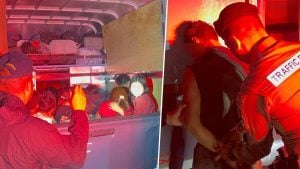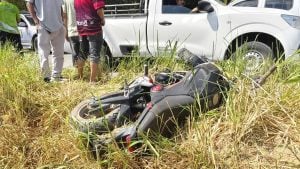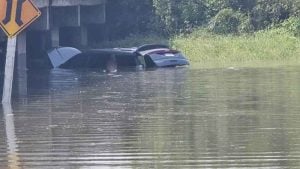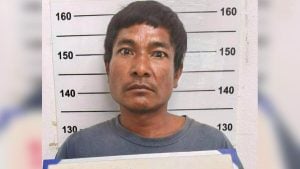Authorities fear 1000% rise in meth shipments just the tip of the iceberg
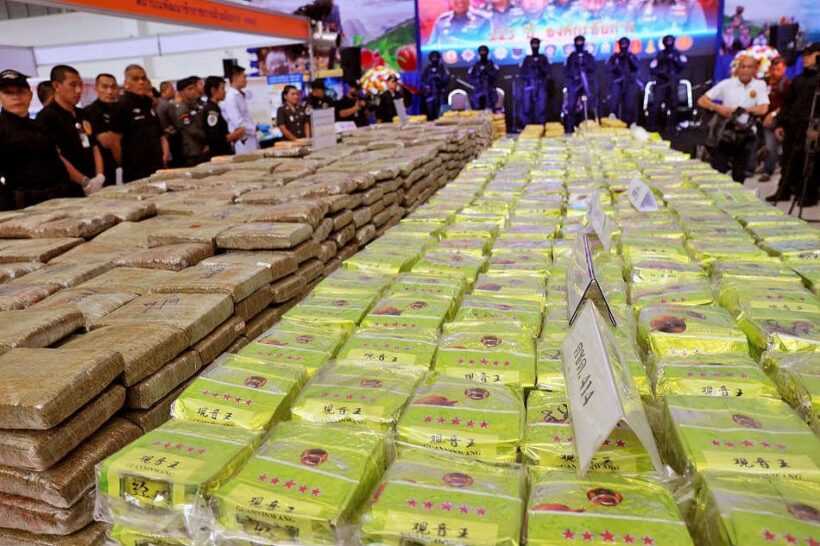
The number of seizures of high-purity crystal methamphetamine continues to surge in northern Thailand. The demand rises and the methods of detection and enforcement also improve. It’s a vicious circle.
Authorities say the number of drug seizures have risen 1000% in just the past 2 years, a stark indication of the growth in industrial-scale production in neighboring Myanmar.
Some 18.4 tonnes of crystal methamphetamine or ‘ice’, was seized in Thailand last year, according to preliminary statistics from the Thai Office of the Narcotics Control Board. They know it’s a tiny proportion of the amounts produced and shipped out undetected.
That figure is up from 5.2 tonnes in 2017 and 1.6 tonnes in 2016. It’s more than three times the amount captured across all of Southeast Asia five years ago – a staggering rise in production and distribution.
Thailand remains a major trafficking route for the artificial drug manufactured in Myanmar’s Shan and Kachin states – the north-eastern states of Myanmar that border China, Laos and Thailand.
Police say organised crime groups work with local pro-government militias and armed rebels to set-up “super labs” and allow transport through the regions to borders beyond.
The same mega-labs are also pumping out ‘cocktail’ tablets of methamphetamine, mixed with caffeine and other ‘fillers’. The drug is nicknamed ‘yaba’ in Thailand. Specialist chemists and ‘cooks’ are brought in from Taiwan and China to run the meth labs in Myanmar, while the ingredients and lab equipment mostly come from China.
The methamphetamine tablets are a low-grade recreational drug, inexpensive and popular with blue-collar workers and low-end recreational drug users across South East Asia. The price for a ‘yaba’ pill has plummeted from around 200 baht to 80 baht in the past five years.
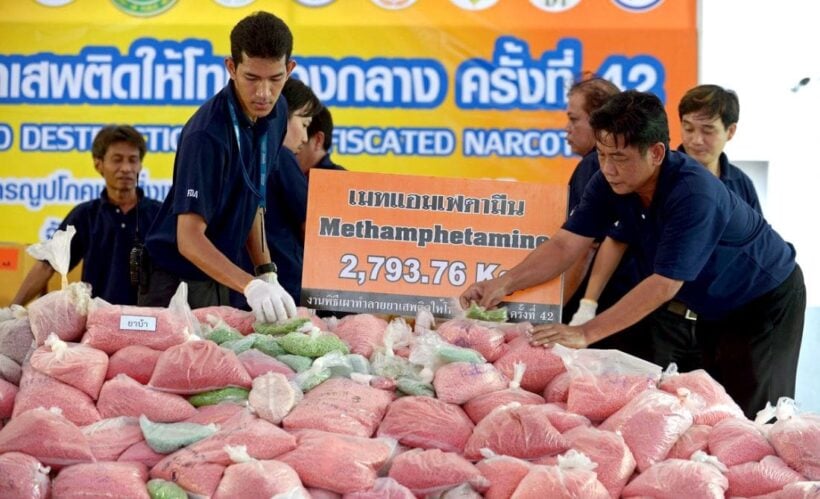
But the Golden Triangle, bordering north-eastern Myanmar, Laos and Thailand, has a long history of illicit drug trafficking.
It came to the West’s notice as a cultivation hub for opium and heroin refining but those, now, easily detected crops are being replaced with methamphetamine production. The factories are easily hidden underneath the jungle canopy, and with the assistance of ‘co-operative’ local authorities, armed gangs and state-sponsored militias, the precursor drugs and final product move in and out with little trouble.
Once the drugs have made their way through Thailand the drug syndicates use “motherships” that intercept the drugs off the Andaman coast and distribute them to other parts of South East Asia, Australia and New Zealand.
Whilst the growth in production and purity of the drugs is alarming authorities, they are also intercepting and detecting a lot more of the road shipments making their way across the Thai borders. But they readily admit they are only netting a tiny part of the larger iceberg.
Despite the frequent showcasing of large drug hauls by Thai police, the vast majority of the drugs coming out of the back-doors of Myanmar’s meth labs are getting through undetected.
Latest Thailand News
Follow The Thaiger on Google News:
